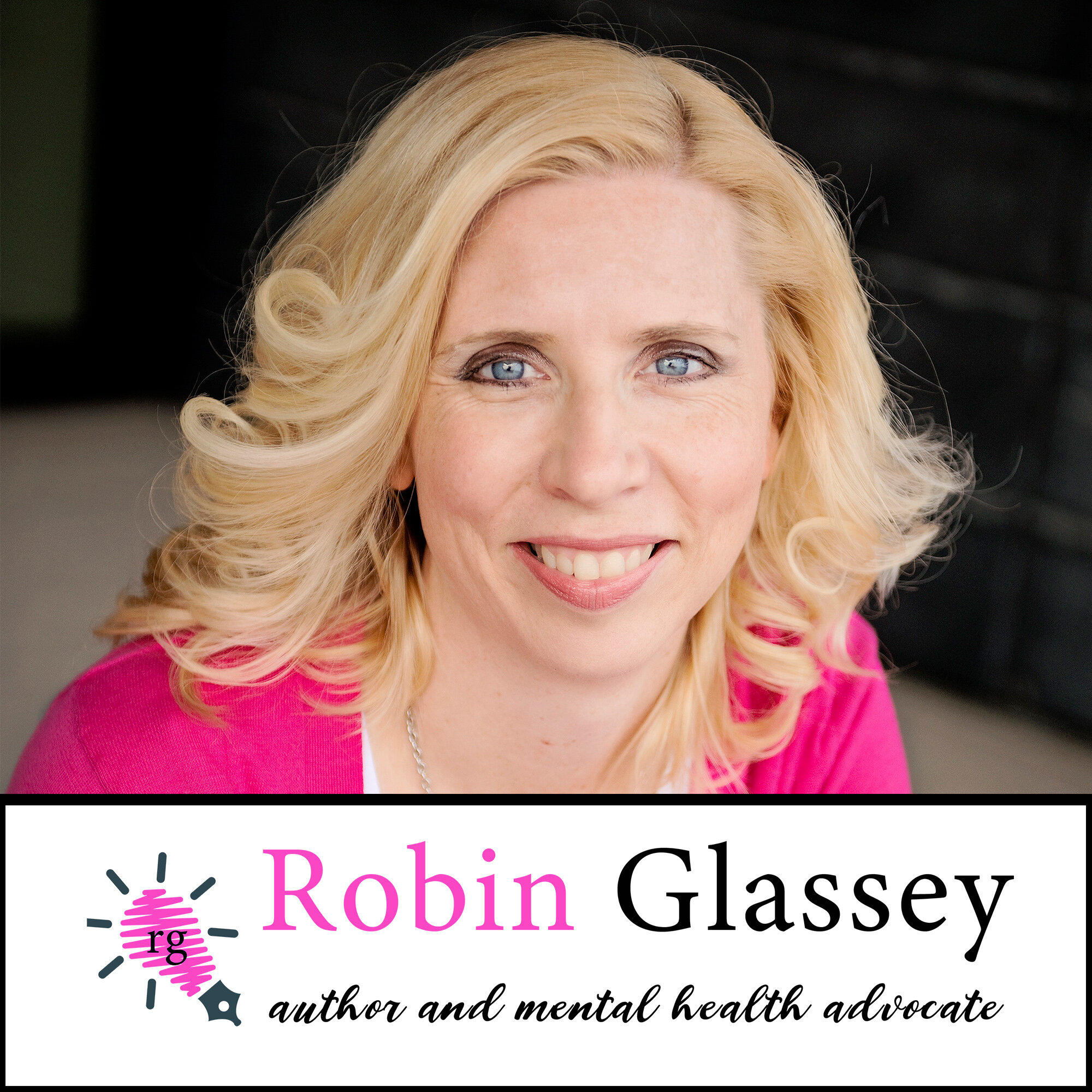Creating a Character Bible
The Holy Bible is the account of God's action in the world, and his purpose with all creation. I have no idea who first came up with the idea of creating a Character Bible, but when I first started attending writing classes I often heard the term thrown around and I eventually began keeping one myself to keep track of my numerous characters, their traits and personalities. As the creator of fantasy worlds, a Character Bible helps keep me on the straight and narrow path, so to speak, as I construct my characters. Often I get so involved in drafting the story itself that I end up with shallow, blurry characters. As I begin filling in the questions and descriptions in my bible I realize what I’m lacking and my characters become richer versions of themselves, the visions in my mind of who they are coming to life on paper.
You may wonder why you should bother keeping track of your characters and their traits. When writing a short story it probably isn’t necessary. But take a novel, for example, or a series. By keeping a Character Bible for a novel, as I write about a character and include their physical characteristics, I hop over to the bible to add those characteristics in. If there are holes in the list of traits, or no physical description next to a name, then I know I’ve done a poor job of describing this person and I have more work to do to make this character come alive in the reader’s eyes.
Although I have heard a lot said about keeping track of your characters, I haven’t seen a lot on the internet in terms of specific ways of doing this. I thought I would share with you my simple method of fleshing out characters (see below). And while it isn’t always necessary to fill out all of the information for each and every character (especially for your walk-on appearances), it is helpful to at least take your characters one by one and consider what you know about them, what you should know, and what you don’t know. It has given me the opportunity on many occasions to realize the holes I have in my characters and in my stories — holes I have then filled in and fixed. So if you’re looking for a way not only to keep track of your characters, but also to make them jump off the page, consider keeping a Character Bible.
Below are the questions you can ask about your main characters and a list of traits to fill in for each character in your story. For the list of traits I order the characters in alphabetical order to find them easier later.
* Questions for the Protagonist and Antagonist are from a writing class conducted by author J. Scott Savage.
FILL OUT THE FOLLOWING FOR THE PROTAGONIST:
What does she/he want most in life?
List one thing she/he assumes to be true that is not?
What do people assume to be true about him/her that is not?
Describe how three different main characters view her/him.
Name three of her/his talents.
What stereotype most closely matches her/him.
How did the defining moment affect her/his current decisions?
Why does she/he want that most in life? Should she/he get it/what if she/he doesn’t?
What would happen if she/he learned the assumption was false?
Why do people believe that about her/him?
How would she/he feel if she/he knew what they thought?
How do those talents help/hinder? What if they were lost? What are three flaws?
In what ways did you break the stereotype?
List the first five major decisions your character makes and answer the following questions:
What were the options?
What drove the decision?
What if she/he had gone the other way?
What would the antagonist have done?
What will the consequence be if she/he stays on this track?
How did the decision differ from previous growth or regression?
FILL OUT THE FOLLOWING FOR THE ANTAGONIST:
What does she/he want most in life?
List one thing she/he assumes to be true that is not?
What do people assume to be true about him/her that is not?
Describe how three different main characters view her/him.
Name three of her/his talents.
What stereotype most closely matches her/him.
How did the defining moment affect her/his current decisions?
Why does she/he want that most in life? Should she/he get it/what if she/he doesn’t?
What would happen if she/he learned the assumption was false?
Why do people believe that about her/him?
How would she/he feel if she/he knew what they thought?
How do those talents help/hinder? What if they were lost? What are three flaws?
In what ways did you break the stereotype?
List the first five major decisions your character makes and answer the following questions:
What were the options?
What drove the decision?
What if she/he had gone the other way?
What will the consequence be if she/he stays on this track?
How did the decision differ from previous growth or regression?
FILL OUT THE FOLLOWING FOR EACH CHARACTER IN YOUR STORY:
Name:
Physical Description:
Goals:
Motivations:
Background:
Personality:
Strengths:
Weaknesses:
Talents:
Habits:
Stereotypes:
Common words/phrases he/she uses:
